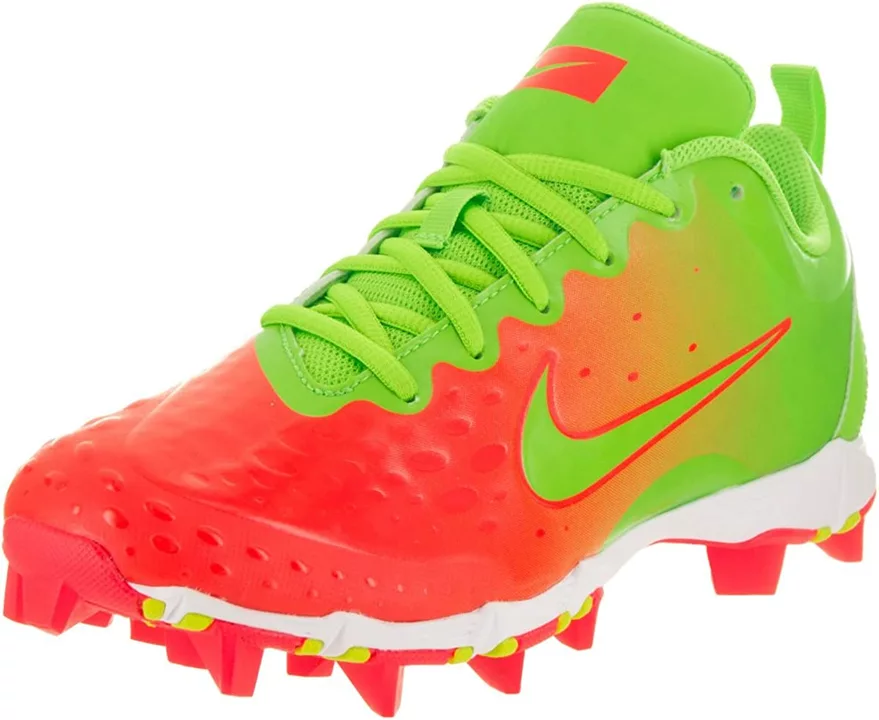Youth Sports and Footwear: How to Pick the Right Shoes for Your Kid
Getting the right shoes for a kid’s sport can feel like a puzzle. One wrong pair can lead to sore feet, slips, or even injuries. The good news? A few simple rules can help you make a smart choice without breaking the bank.
Soccer Cleats vs. Softball Shoes
Many parents wonder if they can reuse soccer cleats for a softball game. The short answer: you can, but it’s not ideal. Soccer cleats are built for quick cuts on grass and a low‑profile ankle. Softball shoes need a higher ankle collar and a different tread pattern to grip dirt and clay fields.
If your child only plays softball once in a while, borrowing a soccer pair might work in a pinch. Just keep an eye on how their ankle feels—soccer cleats don’t give the same support, so the risk of twists goes up. For regular players, investing in softball‑specific shoes pays off in stability and comfort.
Tips for Buying Safe, Comfortable Youth Footwear
1. Fit first, brand second. Have your child stand up while you measure their foot. Leave about a thumb’s width of space at the front. Shoes that are too tight or too loose will cause blisters, and they can affect how the kid moves on the field.
2. Check the outsole. Grass sports like soccer and field hockey need small, evenly spaced studs for traction. Dirt or turf sports need larger, deeper studs or a rubber tread. The right pattern keeps the foot from sliding and reduces the chance of ankle rolls.
3. Look for ankle support. For sports that involve a lot of running and sudden stops—softball, baseball, and lacrosse—a higher ankle collar helps keep the joint stable. Soccer shoes usually sit lower, which is fine for that game but not for others.
4. Prioritize breathability. Kids’ feet sweat a lot. Shoes with mesh uppers let air flow, keeping feet dry and less prone to fungus. Avoid heavy, non‑breathable leather if the sport is played outdoors in warm weather.
5. Keep an eye on durability. Youth shoes wear out fast. Look for reinforced toe caps and stitched seams. A well‑made pair can last a full season, saving you money in the long run.
When you shop, bring your child along. Let them walk, jog, and even do a quick hop in the store. If the shoes feel right, they’ll stay comfortable throughout the game. And remember, the cheapest option isn’t always the best—investing a little more in proper fit and sport‑specific features can keep your kid playing longer and safer.
Bottom line: soccer cleats can double as a temporary softball shoe, but they lack the ankle support and field‑specific traction that softball shoes provide. For regular play, choose footwear designed for the sport. Follow the fit, support, and outsole tips above, and you’ll be set for a season of happy, injury‑free play.
